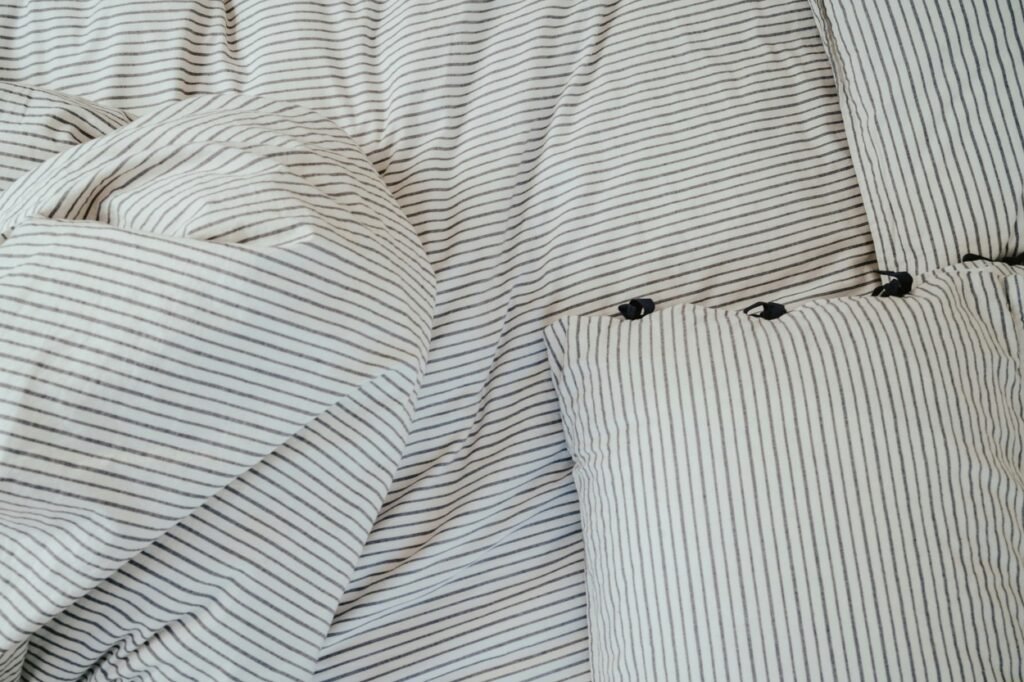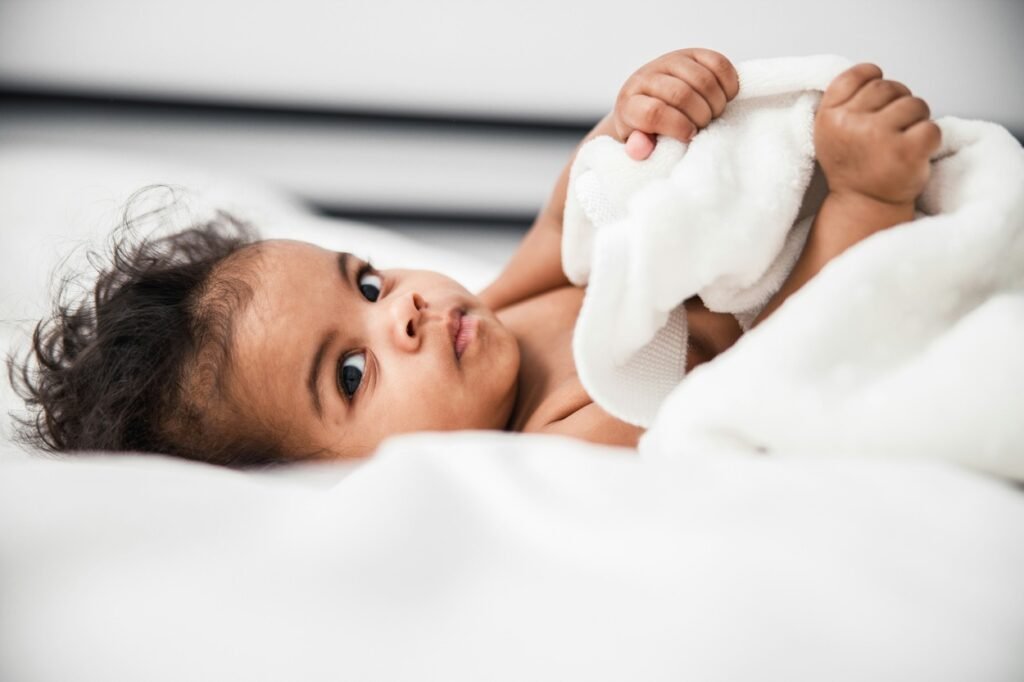As a parent of a six-year-old son and a five-year-old daughter, I often find myself pondering over seemingly small decisions that, in the grand scheme of things, feel monumental. Take, for example, the humble pillow. It’s something most of us adults don’t think twice about. We love our pillows, right? But when it comes to our toddlers, that fluffy cushion suddenly becomes a topic of intense debate.
Is it safe? Do they need it? Will it magically transform nap time into a peaceful slumber? Let’s dive into the world of pillows and toddlers and unravel the mysteries, all while sharing a few personal stories from the trenches of parenthood.
The Pillow Predicament: When Should a Toddler Start Using a Pillow?
Ah, the pillow predicament—a rite of passage for every new parent. You’ve navigated sleepless nights and survived the diapering wars. Now, just when you think you’ve got it all figured out, you find yourself staring at your toddler’s crib, wondering if it’s time to introduce a pillow.
Pillows are a common part of adult sleep, so it’s natural to think that your toddler might benefit from one. But hold on—before you rush out to buy that cute, pint-sized pillow, let’s talk about timing.
The general consensus among pediatricians is that pillows are not necessary—and can even be unsafe—for children under the age of two. Why? Well, it all comes down to safety. Infants and young toddlers have a higher risk of suffocation due to their still-developing motor skills and smaller airways. The American Academy of Pediatrics (AAP) recommends keeping pillows, along with other soft bedding items, out of your child’s sleep environment until they are at least 24 months old.
I remember the internal debate I had when my son turned two. He looked so grown-up, yet so small in his big-boy bed. Was he ready for a pillow? I’ll admit, I stood in the store aisle for a solid ten minutes, pillow in hand, before I finally decided to hold off a little longer.
The Great Pillow Experiment: Our First Attempt
When my son was around two and a half, I decided to take the plunge and introduce him to his first pillow. I opted for a toddler-specific pillow—small, firm, and flat—designed with safety in mind. It wasn’t one of those fluffy, marshmallowy clouds we adults enjoy, but more of a gentle slope to ease him into the idea.
The first night was, well, let’s just say, less than ideal. I was optimistic, hoping that the pillow would encourage a peaceful night’s sleep. Instead, I spent the better part of the night sneaking into his room to adjust the pillow that he had kicked to the far end of the bed. It seemed that my little one wasn’t quite as enamored with his new sleep accessory as I had hoped. The pillow ended up as a makeshift toy rather than a sleep aid.

Safety First: Choosing the Right Pillow
If you’re considering introducing a pillow to your toddler, safety should be your top priority. Not all pillows are created equal, especially when it comes to the delicate needs of a toddler. Here are some tips I’ve picked up along the way to ensure your little one’s safety and comfort:
- Size Matters: Stick with a toddler-sized pillow. These are smaller and flatter than standard pillows, reducing the risk of suffocation and providing just enough support for a toddler’s head and neck.
- Firmness Over Fluff: While adults might love a soft, fluffy pillow, toddlers need something firmer. A firm pillow is less likely to mold around your child’s face, which is crucial for safe breathing.
- Hypoallergenic Materials: Toddlers have sensitive skin, and allergies can develop early. Opt for a pillow made from hypoallergenic materials to minimize the risk of allergic reactions.
- Washability: Let’s be real—toddlers are messy. Whether it’s a spill, a leak, or a bout of the sniffles, your toddler’s pillow will need to be washed frequently. Choose a pillow that’s easy to cleanse and maintain.
I found a pillow that checked all these boxes, and after the initial introduction, we tried again. This time, I made a big deal out of it—turning it into a bedtime story about how the pillow would help him sleep better and have sweet dreams. To my relief, the second attempt went smoother. He still kicked it away occasionally, but it was clear that he was starting to accept it as part of his bedtime routine.

The Pillow and Beyond: Transitioning to a Big Kid Bed
Introducing a pillow is often one of the first steps in transitioning your toddler from a crib to a big kid’s bed. This transition can be both exciting and nerve-wracking—for both the child and the parent. I remember the day we decided it was time to move my daughter, then two, to a big girl bed. She was so proud, beaming with excitement as she jumped onto her new mattress, her little pillow in tow.
But, as with all things toddler-related, this transition came with its challenges. Suddenly, the freedom to move around meant bedtime became more of a suggestion than a rule. Pillows and blankets became tools for fort-building rather than sleep aids. But with a bit of patience and a lot of consistency, we eventually settled into a new routine.
One thing I learned is that every child is different. My son took to his pillow much faster than my daughter, who seemed to prefer sleeping flat on the mattress. And that’s okay! There’s no one-size-fits-all when it comes to toddler sleep habits.
When to Consult a Pediatrician
If you’re unsure about whether your toddler is ready for a pillow, it’s always a good idea to consult with your pediatrician. They can offer personalized advice based on your child’s development and any specific health concerns.
I did this myself—because as much as I like to think I’ve got the whole parenting thing figured out, I still rely on expert advice when I’m unsure. Our pediatrician reassured me that it was okay to wait until my children showed clear signs of readiness, such as expressing discomfort without a pillow or showing interest in using one.

Wrapping It Up: The Pillow Journey Continues
In the end, introducing a pillow to your toddler is just another step in the never-ending adventure of parenthood. It’s a small milestone, but like all milestones, it’s filled with questions, concerns, and a fair share of trial and error.
For us, the pillow journey has been a mix of successes and setbacks. My son now sleeps soundly with his pillow, while my daughter, ever the independent spirit, prefers to sleep without one—at least for now. And that’s perfectly fine. As parents, we learn to adapt, to trust our instincts, and to embrace the quirks that make our children unique.
So, is it safe for a toddler to use a pillow? The short answer is yes but with a few important caveats. Wait until they’re at least two years old, choose a pillow designed for toddlers, and always keep safety in mind. And if your little one decides they’re not ready just yet, don’t sweat it. After all, sleep—like parenting—is a journey, not a destination.
